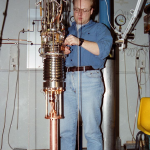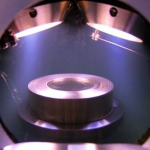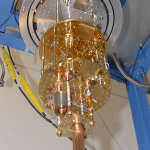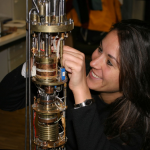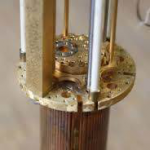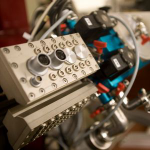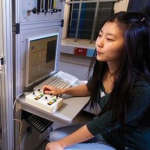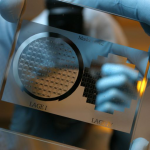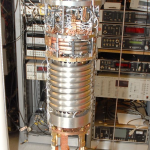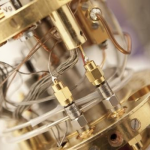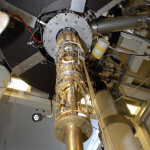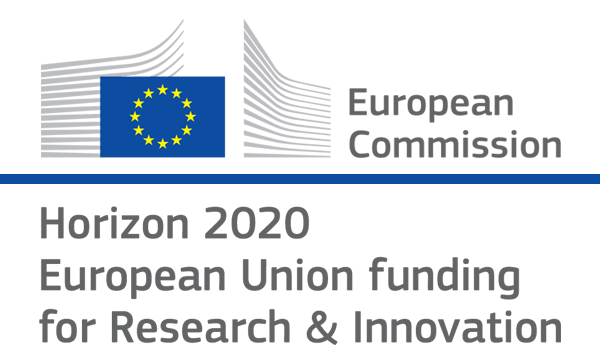

- Photon Transport in a Bose-Hubbard Chain of Superconducting Artificial Atoms
G. P. Fedorov et al., Phys. Rev. Lett. 126, 180503 (2021) - Path-Dependent Supercooling of the
He3 Superfluid A-B Transition
Dmytro Lotnyk et al., Phys. Rev. Lett. 126, 215301 (2021) - Superconductivity in an extreme strange metal
D. H. Nguyen et al., Nat Commun 12, 4341 (2021) - High-Q Silicon Nitride Drum Resonators Strongly Coupled to Gates
Xin Zhou et al., Nano Lett. 21, 5738-5744 (2021) - Measurement of the 229Th isomer energy with a magnetic micro-calorimeter
T. Sikorsky et al., Phys. Rev. Lett. 125 (2020) 142503
Emergent Weyl fermions and the origin of i = in quantum mechanics
Volovik, G. E. and Zubkov, M. A.Conventional quantum mechanics is described in terms of complex numbers. However, all physical quantities are real. This indicates that the appearance of complex numbers in quantum mechanics may be the emergent phenomenon; i.e., complex numbers appear in the low energy description of the underlined high energy theory. We suggest a possible explanation of how this may occur. Namely, we consider the system of multicomponent Majorana fermions. There is a natural description of this system in terms of real numbers only. In the vicinity of the topologically protected Fermi point this system is described by the effective low energy theory with Weyl fermions. These Weyl fermions interact with the emergent gauge field and the emergent gravitational field.
JETP Letters, 99, 481-486 (2014)
doi: 10.1134/S0021364014080141


